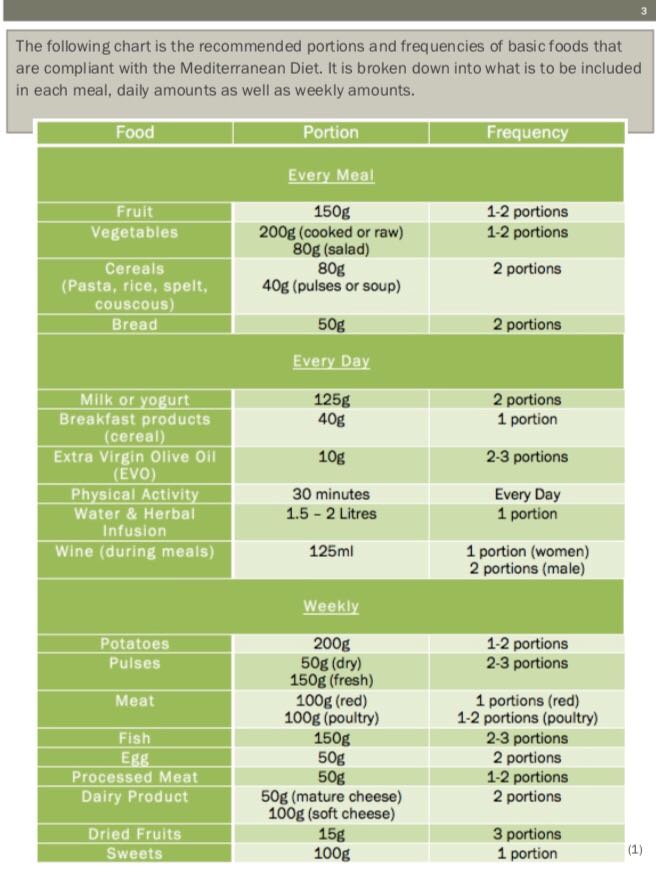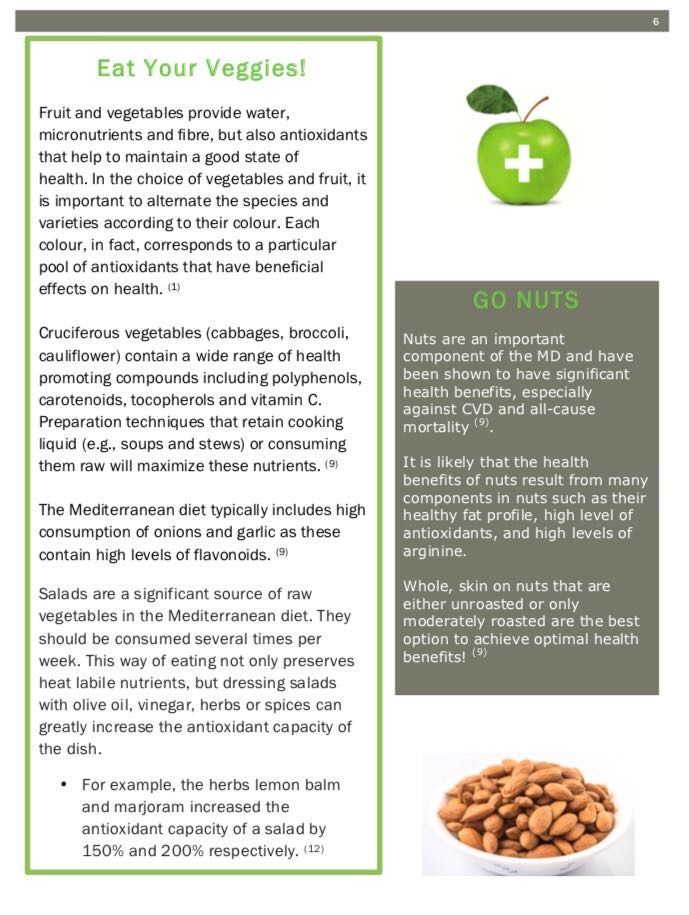Have you noticed that your brain has been feeling like a haze lately? Maybe you’re having concentration difficulties or can’t recall familiar places or items as easily. Have you been repeating parts of a conversation over and over again?
You might be experiencing what is known as “brain fog” - a term often used to describe a state of mental cloudiness or cognitive dysfunction which can significantly impair one’s ability to function optimally in daily life. Brain fog is commonly associated with conditions like fibromyalgia, hormonal imbalances, and chronic fatigue syndrome, and underlying causes can vary widely from person to person. As naturopathic doctors, our approach involves diving deeper in the root causes of brain fog and utilizing various tools and tests to uncover underlying imbalances and provide individualized treatment strategies.
The tools that a naturopathic doctor may use to investigate can include the following:
Hormone testing – hormonal imbalances, such as thyroid dysfunction or adrenal fatigue can lead to impairments in cognitive function.
Metabolic assessments – blood sugar imbalances and insulin resistance has been shown to affect cognitive function, so your ND may want to test fasting blood glucose, fasting blood insulin, and HbA1c.
Nutrient deficiencies – screening for low iron, vitamin B12 or Vitamin D levels is recommended.
Markers of inflammation – hs-CRP and ESR may be tested within the bloodstream since inflammation has been shown to be triggered by various poor diet and lifestyle choices and external stressors and infections.
Food sensitivity tests – food sensitivities which are IgG-mediated can lead to inflammation within the body and manifest as cognitive symptoms.
Environmental exposures – exposures to heavy metals, pesticides, mold and other toxins have been shown to impair cognitive function.
As naturopathic doctors, our focus lies in identifying and addressing the root causes of brain fog using a combination of conventional laboratory tests, functional assessments, and lifestyle modifications. By addressing these nutritional deficiencies, hormonal imbalances, metabolic dysregulation, inflammation, food sensitivities and environmental exposures, we can help patients regain mental clarity and improve their overall well-being.
In good health,
Dr. Sami Leung, ND
References
Ettleson, M. D., Raine, A., Batistuzzo, A., Batista, S. P., McAninch, E., Teixeira, M. C. T., ... & Bianco, A. C. (2022). Brain fog in hypothyroidism: Understanding the patient’s perspective. Endocrine Practice, 28(3), 257-264.
Fog, W. C. B. Causes of Brain Fog: Does Brain Fog Begin In Your Gut?
Lucius, K. (2021). “Brain Fog”: Exploring a Symptom Commonly Encountered in Clinical Practice. Alternative and Complementary Therapies, 27(1), 23-30.
Schmidt, S. (2019). Brain Fog: Does air pollution make us less productive?
Wilson, L. (2008). Brain fog. The Center for Development. Retrieved on October 9, 2009.
Yoshimura, H. (2023). Functional Medicine for Mental Clarity: Combating Brain Fog Naturally. Mental Health.







